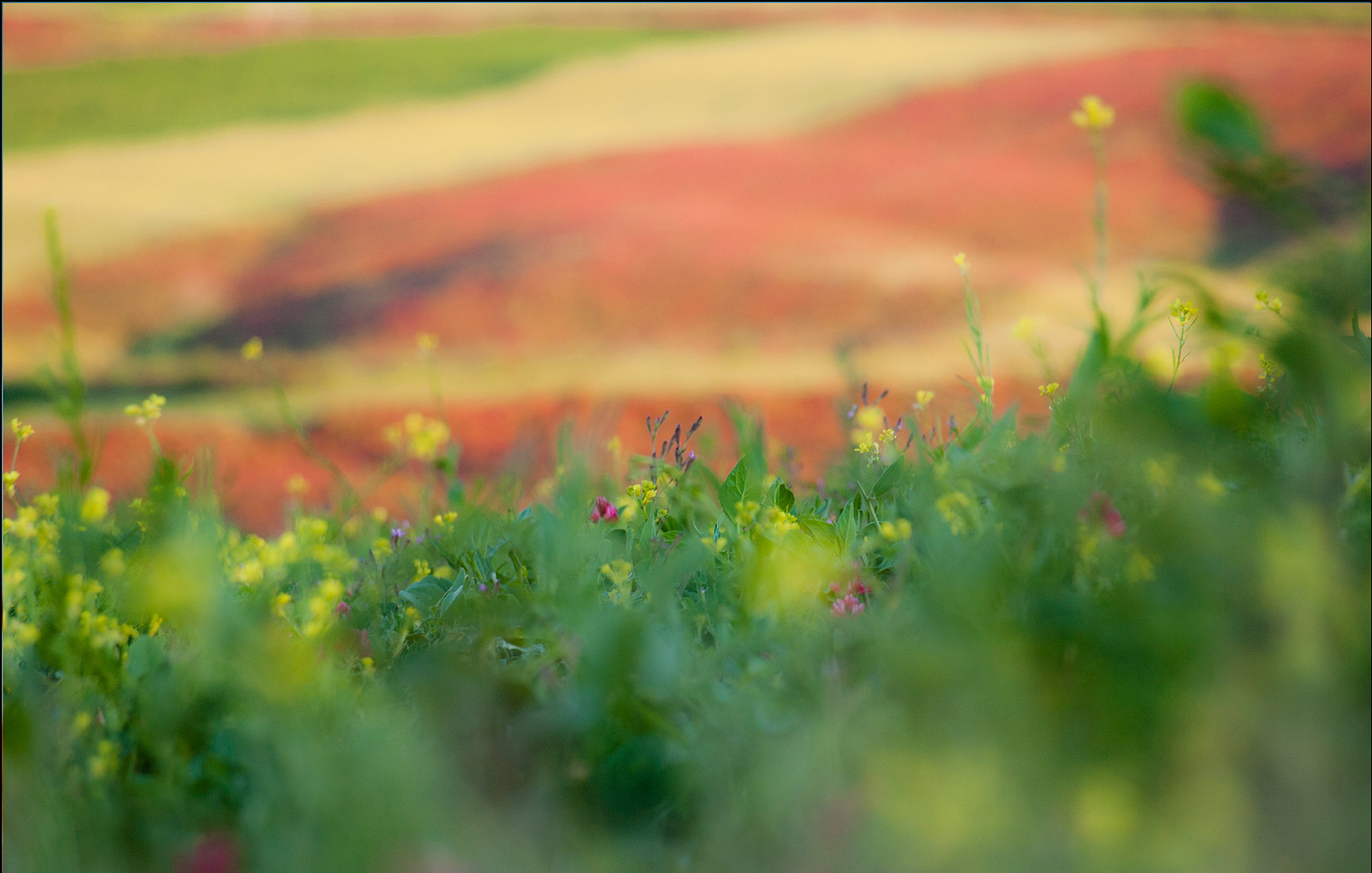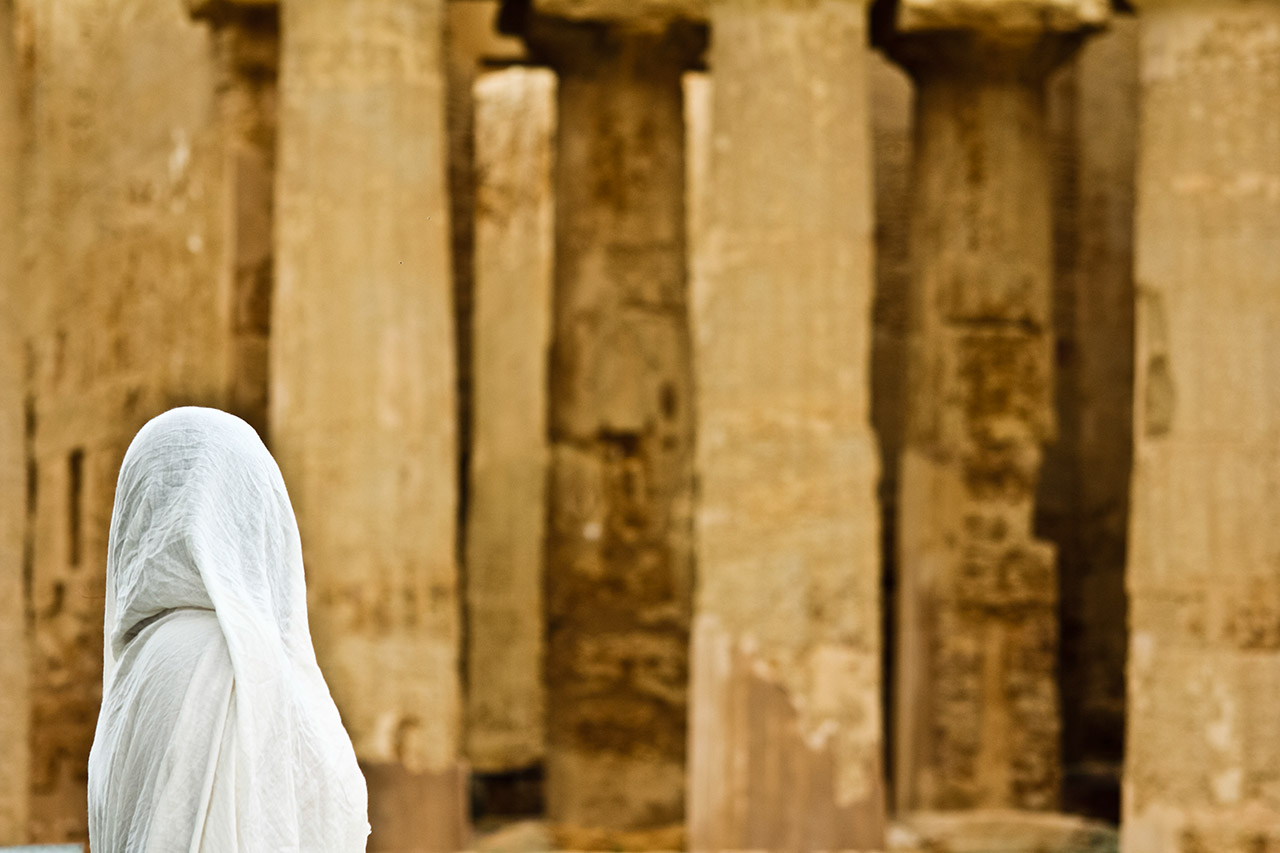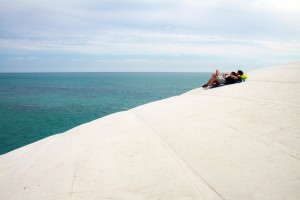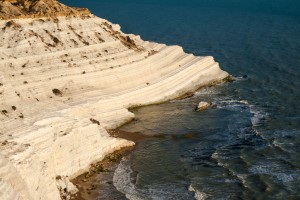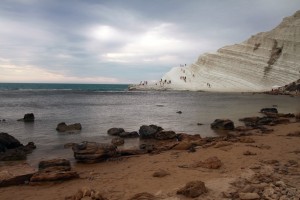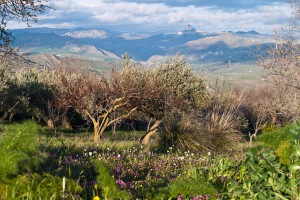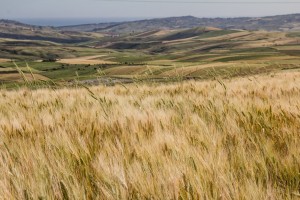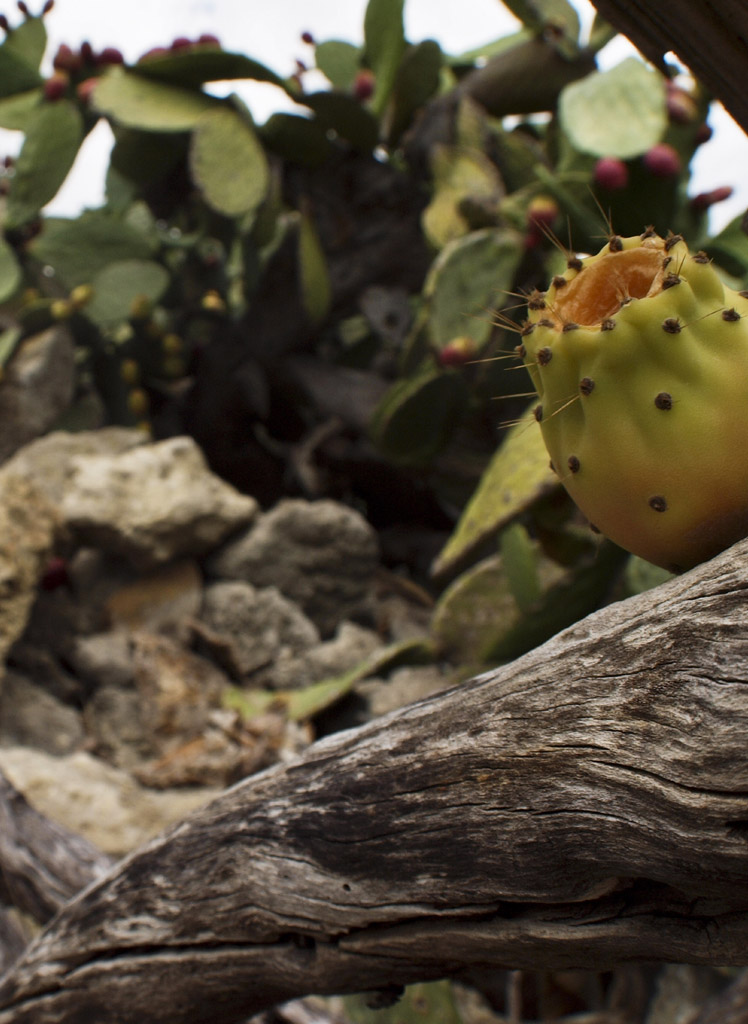Agrigento and the Valley of the Temples
Fontes Episcopi Bio Resort is only 12 km far from the archeological sites of the Temples Valley and Agrigento old town centre. A majestic testimony of the most flourishing Greek western colony and UNESCO world heritage site, the Valley of the Temples enchants visitors day by day. The Valley and the Regional Archeological Museum preserve superb findings from the Greek époque and in summer evenings they become an awesome scenery for art exhibitions, concerts and several cultural events. Besides the magnificent Doric temples, the Valley has a green heart: the enchanting Kolymbethra Garden managed by FAI (Fondo per l’Ambiente Italiano- Italian National Trust). Agrigento’s historical centre is also rich of tourist attractions: the Cathedral, Mudia – the diocesan museum, the Eighteenth century Lucchesiana Library, the medieval Church of St. Mary of the Greeks built on a Doric temple, and the charming Monastery of the Holy Spirit with its characteristic arches built by the Chiaramonte family. Walking along Via Atenea – the old town main street flanked by shops and cafes – you will see other attractions: historical buildings, the FAM-Fabbriche Chiaramontane an important permanent gallery of modern art, the former College of the Philippines and actual municipal picture gallery with works from the Fifteenth to the Twentieth century, Pirandello Theatre named after the famous playwright from Agrigento, the Nobel prize for Literature Luigi Pirandello. You can also visit his native home (Casa Natale), now a museum near Porto Empedocle, the hometown of another illustrious writer, Andrea Camilleri, author of the famous ‘Inspector Montalbano’.
Scala dei Turchi and Torre Salsa
Along Agrigento’s coast you will find suggestive landscapes, wonderful beaches and white cliffs. Just relax under the sun and enjoy the turquoise sea!
In Realmonte you can admire the Scala dei Turchi: a snow-white cliff carved by wind and sea into a wonderful staircase shape. A bit further there is Siculiana marina: the maritime village of Siculiana hosts Torre Salsa Reserve, managed by WWF. A long and uncontaminated coastal area with a unique flora and fauna, where sea turtles ( Caretta caretta) lay their eggs and migratory birds stopover.
Sicani Mountains
Sicani Mountains enshrine a flourishing nature, stories and traditions of their people. Here you can satisfy your wish to explore and discover the pure nature by practice trekking, mountain bike, horse riding. The Natural Reserve ‘Monte Cammarata’, named after the highest peak of Sicani Mountains, preserves one of the most beautiful woods of Agrigento’s inland area among Cammarata, S. Giovanni Gemini and S. Stefano Quisquina. This latest one is famous for the Shrine of Santa Rosalia and for the ‘Andromeda Theatre’ created by the sculpture-shepherd Lorenzo Reina. Near Raffadali and Santa Elisabetta there are the picturesque ruins of an Arab cave-castle, Castle of Guastanella. Sant’Angelo Muxaro is a village founded around the Sixteenth century, but old myths and stories testify a more ancient history as evidenced by the extensive necropolis which surround the town and the majestic Tomb of the Prince, the largest and most impressive protohistoric tomb in Sicily. A museum has been recently opened and exhibits the local archeological findings. Furthermore Sant’Angelo Muxaro offers – for speleology lovers – suggestive itineraries among caves, little underground waterfalls, lakes and beautiful crystallizations. During the Easter holiday don’t miss to visit San Biagio Platani mainly known for the Easter Arches: charming compositions made of woven reeds and decorated with woven bread sculptures.
Aragona
The town of Aragona was founded in 1606 upon the initiative of Count Baldassare III Naselli and named after the Count’s mother, Beatrice Aragona Branciforti. Aragona became soon an important centre, and the Nasellis decided to build an imposing palace – today known as ‘Palazzo Principe’ – where you can still admire some frescos of the Borremans school. In the Umberto I square next to ‘Palazzo Principe’ there is the Church of Rosary with original paintings of the wooden ceiling and a crypt full of liturgical objects. Don’t miss the Church of Carmine that preserve a remarkable wooden statue by Salvatore Bagnasco and visit also the Main Church (Chiesa Madre) where you can admire a nativity scene from the end of the Eighteenth century and some canvas of Frà Felice da Sambuca.
Aragona is situated in an area rich of sulfur deposits, no more exploited. One of the most productive mine ‘Taccia Caci’ was owned by Pirandello’s family and it had inspired the writer for his famous short story ‘Ciàula discover the Moon’. In the south of the town you can find the Natural Reserve of ‘Macalube’, known for a unique phenomenon of sedimentary volcanism. Walking through an almost lunar landscape, you can watch hundred little volcanoes of cold mud, bubbling up brackish water. At present, the internal area of the reserve is closed for works. Not far from the town you can find the so-called ‘Salto D’Angiò’, a suggestive Angevin tower of 1300, nowadays incorporated in an old farm. You can not leave without tasting some typical food of Aragona such as ‘m’briulate’, bread rolls with sausage and olives, and ‘taganu’, a kind of pasta ‘cake’ with a lot of eggs and cheese, normally prepared for Easter holiday.


